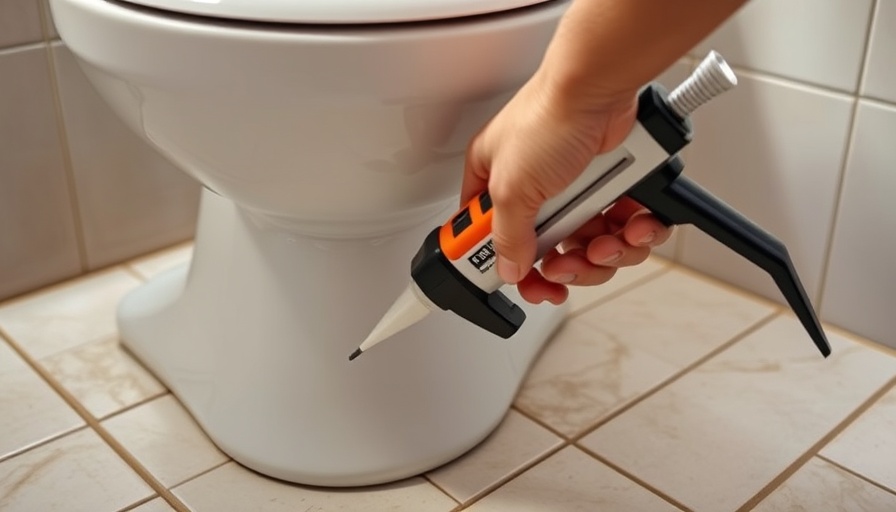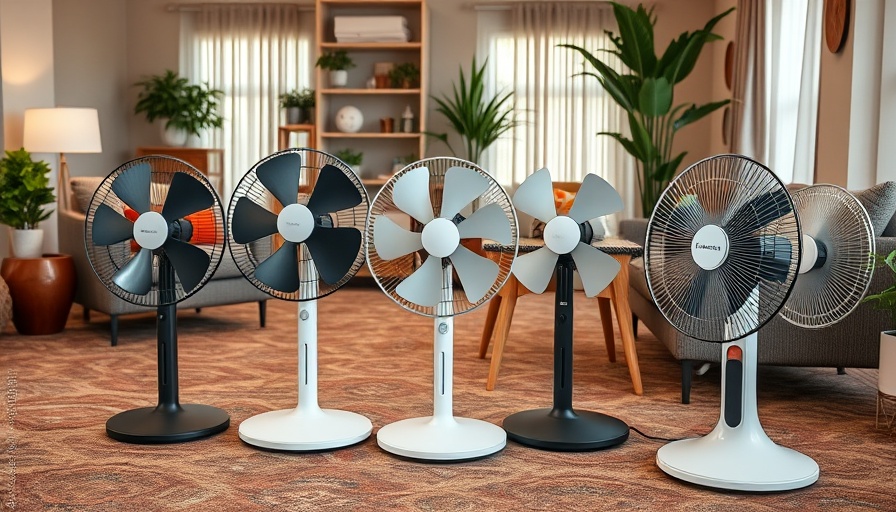
Why Caulking Around the Toilet Matters
When it comes to bathroom maintenance, one common debate among homeowners and contractors is whether to caulk around the toilet. Many assume that leaving the toilet uncaulked allows for easier cleaning and prevents damage to the flooring, but recent insights reveal that caulking is more important than previously believed.
Caulking around the base of the toilet provides a necessary seal that not only keeps water from seeping into the floor but also prevents the growth of mold and mildew, protecting your home’s structural integrity. This seemingly simple decision can significantly impact your bathroom’s hygiene and safety.
The Science Behind Caulking
Using caulk as a barrier is rooted in understanding how water behaves. Water from toilet overflows, spills, or wear can lead to unseen damage if it seeps under the toilet. According to plumbing experts, caulking acts as a shield, capturing any stray water and containing it for easy cleaning, ultimately preventing long-term conditions conducive to leaks.
Moreover, advancements in caulking materials have led to products specifically designed for high-moisture environments, ensuring they withstand wear and tear better than traditional options. These newer formulations provide a flexible seal that adheres well to both the toilet and flooring, creating a durable barrier.
Common Misconceptions About Caulking
One prevalent belief is that not caulking a toilet allows for differences in height between the toilet and the flooring, which can prevent cracks. However, this is a misconception; the actual problem lies in moisture accumulation and potential damage to the subfloor. Caulking prevents water from escaping and should be viewed as a preventive measure rather than an impediment to maintenance.
Best Practices for Caulking Your Toilet
If you’re considering caulking your toilet, there are several critical best practices to follow. First, ensure the surface is clean and dry; removing any existing caulk is essential for proper adhesion. Then, apply a bead of caulk around the base of the toilet, taking care to smooth it out for an even finish. Mold-resistant caulk is highly recommended for longevity and effectiveness.
Additionally, it’s important to allow sufficient drying time and to monitor the caulk for any signs of wear or damage over time. Regular maintenance checks should be part of your bathroom upkeep to catch any issues before they escalate.
Future Trends in Bathroom Maintenance
As home improvement technology advances, expect innovative toilet designs and installation methods to emerge that are inherently better at managing moisture and preventing leaks without caulk altogether. For instance, some modern toilets offer integrated drainage systems that eliminate the need for traditional caulking.
Moreover, smart home technology may enhance monitoring, alerting homeowners of any leaks that might lead to damage, forked by sensors placed under toilets, enabling preemptive action and minimizing maintenance disruption.
When to Consult a Professional
Despite understanding the importance of caulking, knowing when to reach out for professional advice is equally vital. If you’re dealing with persistent leaks, irregular toilet movement, or visible moisture damage, it’s wise to consult with plumbing services. Professionals can provide a comprehensive assessment that addresses the underlying issue, ensuring your bathroom remains safe and comfortable.
Empower Your DIY Skills
With the right resources and know-how, you can tackle caulking your toilet confidently. Understanding why and how caulking matters empowers homeowners to maintain their bathrooms effectively, showcasing a commitment to home improvement.
Take Action!
In conclusion, caulking around the toilet is more than common sense; it’s a critical preventive measure that protects your home from possible damage and unnecessary repairs. Whether you choose to tackle this task yourself or enlist the help of a contractor, making the informed choice to caulk your toilet is a step towards maintaining a pristine and safe bathroom.
 Add Row
Add Row  Add
Add 




Write A Comment